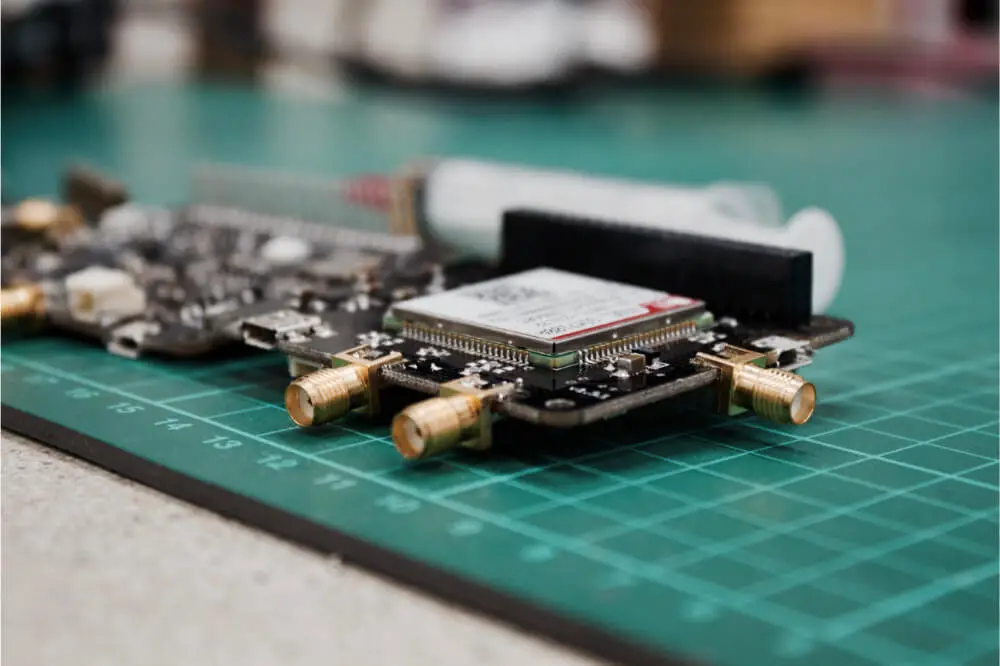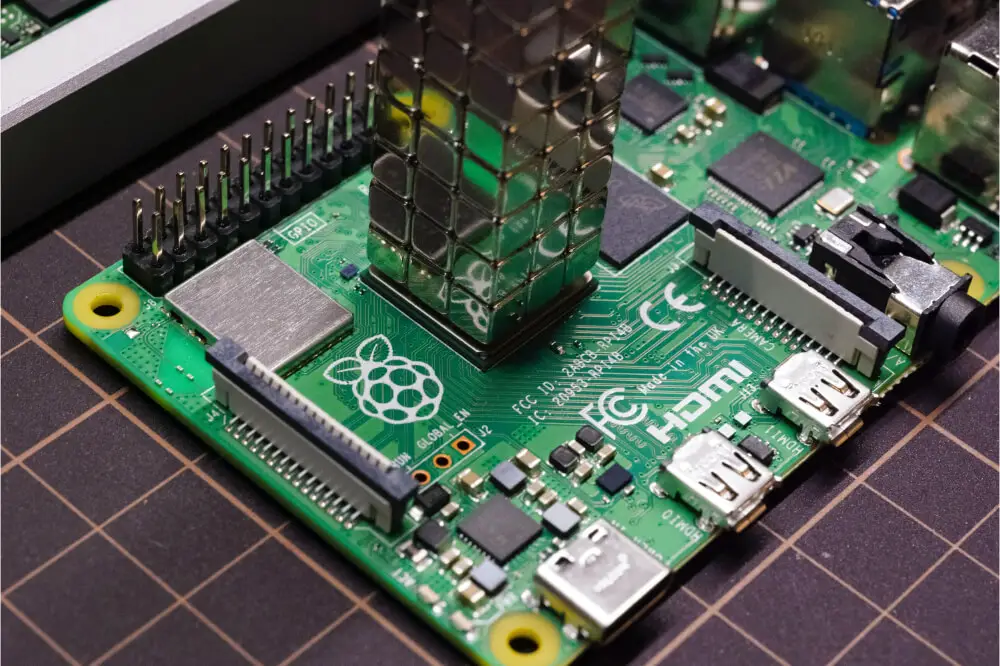Protecting Your Data…
Is very important. With the many security breaches other companies have had, sometimes it is best to handle your own security. You can do that if you install Nextcloud on your Raspberry Pi.
Nextcloud is like Dropbox or Google Drive except that you host your own data on your own server. Then because you can install Next cloud on Linux, you can install it on your Raspberry Pi. To find out how, just continue to read our article.
It gives you the directions you need to get the job done right and your data can be protected by you instead of some stranger.
Nextcloud Has A Lot Of Features
When you upload this system onto your Raspberry Pi, you will be able to access a lot of features that will make using this system easier. Here are some of the items you will get:
- Host files
- Mange your pictures
- Store your contacts
- Keep your calendar up to date
- Use the task manager
- Take all the notes you want
- Read the news
- Add more extensions including password keeper
- Synchronize desktop and mobile contacts
- HTTPS and user side encryption

The Easy Way To Install Nextcloud
Since this is an open sourced app you can find the code you need at this link. With PHP and Javascript as the main languages, installing this system on your raspberry Pi is simple. Here are the steps you need to follow:
#1. Download The Image
- There are two versions and the RPi is the one you may want
- Click on the RPi folder and download that image
- Extract using WinRAR or 7zip
#2. Flash The SD Card
The first step here is to download and install etcher. next, when the window opens up, click on the first button. Third, insert your SD card into your computer and click the 2nd button, ‘select drive’.
After that, click the Flash button and wait. In a few minutes your SD card should be ready
#3. Insert SD Card Into Your Raspberry Pi
Step #1: Insert the SD card into your Pi
Step #2: login using the default Raspberry code– login: pi & password: raspberry.
Step #3: now you need to configure the system and the ethernet should be working directly if you are using a DHCP server. For a WIFI use the raspi-config code to do that task. When that is done, go to network options and Wi-Fi buttons and follow the setup wizard.
Step #4: use the SSHservice to finish the installation and the code should look like this– service ssh start, Now find your raspberry Pi IP address and connect via the SSH. On LInux, and MAC the password and login are the same as mentioned above.
#4. Update The System
This is not mandatory but it may be necessary. The commands to do this are 1. apt update, 2. apt upgrade, & 3. reboot
#5. Nextcloud Configuration
- Run the NextCloudPi configuration tool. That command is ncp-config
- Click on config
- Go to enable webUI and press enter
- Confirm and you will need to write ‘yes’ on the screen
- Exit
#6. Activate The Installation
To do this you have to open the https://IP:4443 URL in the browser and if you get an error code just ignore it. When the login screen appears enter ncp in the login box and ownyourbits in the password box.
Once that is done, you will see the activation screen and the letters ‘ncp’ are still your login but record the new password. There are 2 passwords you need to take note of. Then click on activate.
When you get the message Nextcloud activation successful, the app is ready to use but be patient as it may take a few minutes to appear. Sometimes, it can happen instantly
#7. The First Login
You should be directed to the ncp config page but if not you can go to https://<RASPBERRY_IP> and use your ncp login name and the 2nd password you were given earlier.
After that the Nextcloud page should appear and the system is ready to use.
The Nextcloud Interface
This system is easy to use and you will probably be able to navigate the system without any further help but just in case here are a few explanations.
- The top bar has the main menu and the ability to switch apps
- Each app has a custom design and sub menus to use
- Settings handles the usual technical details, for example, your administration account and personal information and preferences
- Each sub category gives you a direct explanation
- The Apps section has your catalogue of different apps you can access. Some are in use right away while others may be installed but disabled
- To enable those disabled apps, click on the ones you want and push enable
- The User section allows you to manage your users and groups
The Desktop And Android/Iphone Apps
It is possible to link up your desktop computer and smartphones. For the desktop, just click here to get to the download app that sets up your computer and links it to the web interface,
For your Android or iPhone there should be something similar on the official website. There are ways to forward a port on your internet router so you can gain access to your Nextcloud server from remote locations.
Check the website for instructions on how to do that. One word of warning, when you are using your Raspberry Pi, your storage is limited by the size of your SD card. Make a note of that and upgrade when you can.
Some Final Words
Making sure you are protected is essential in today’s electronic world. There is no better way to stay protected than by being in control of your server and data. Installing Nextcloud is the key step in making sure no one has access to your files and other important documents.
Keep in mind that the SD card is not the best data storage option so back it up just in case the card crashes.


